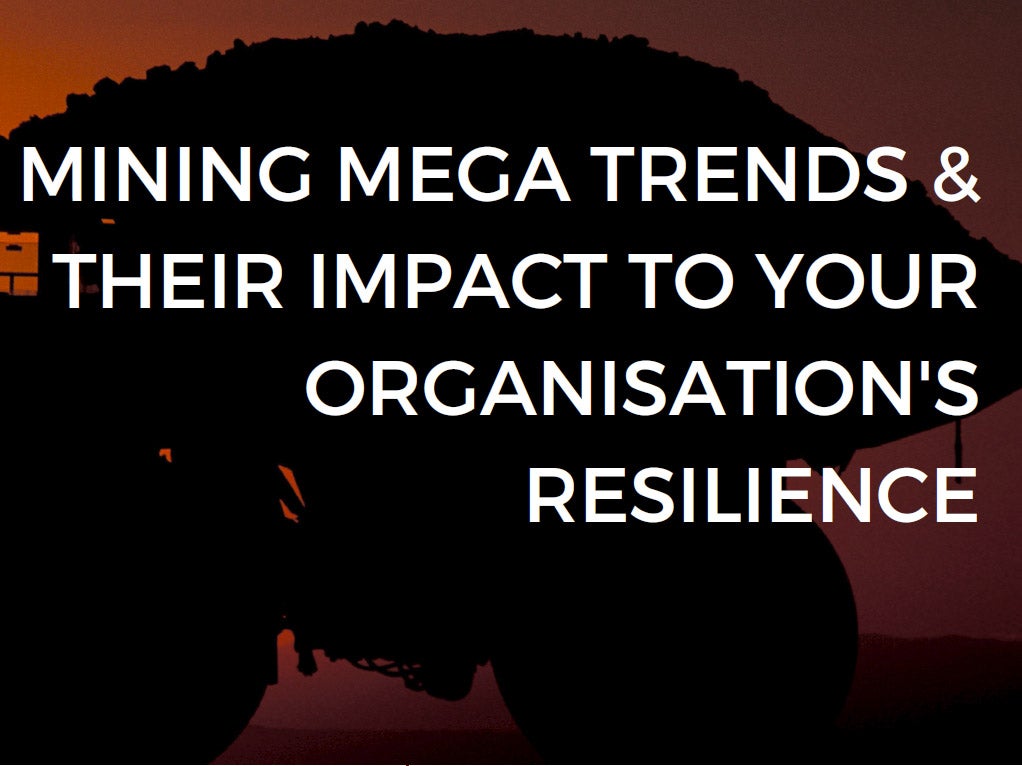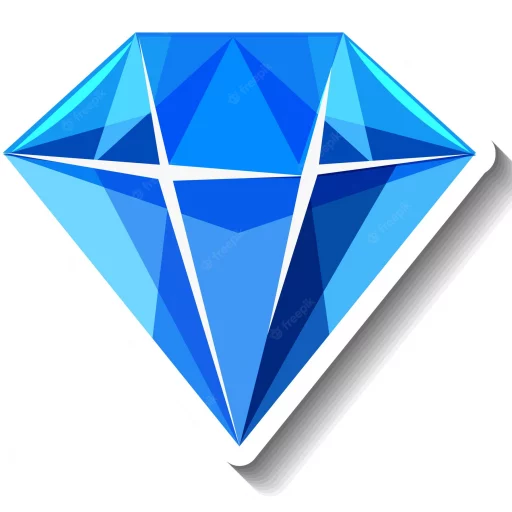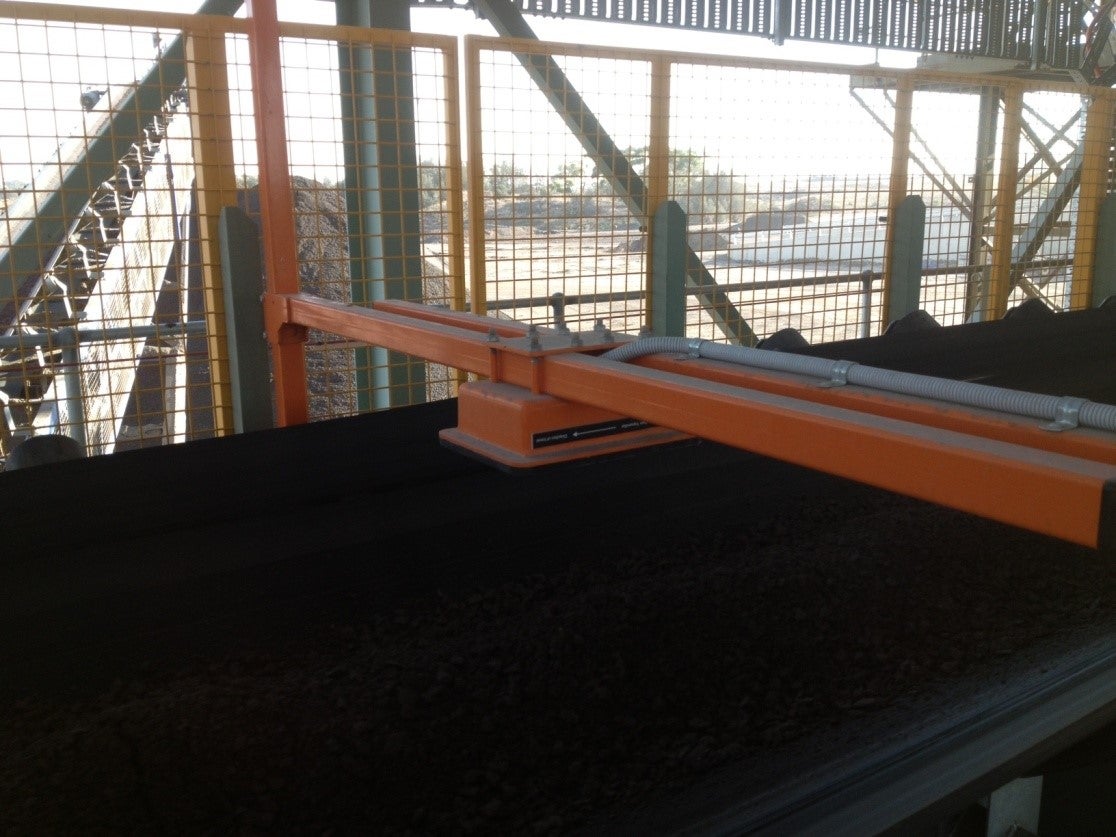
Rubies in Mozambique
The Montepuez ruby mine in the north-east of Mozambique boasts the largest ruby asset globally and is currently valued at around $1bn. It produces some of the oldest rubies in the world, originally formed 500 million years ago. Comparatively, Burmese rubies, some of the most popular on the market, are a mere 25 million years old.

Mining Mega Trends and Their Impact to your Organisation’s Resilience
Numerous mega trends are impacting the mining industry, making an effective resilience program more important than ever to ensure that operations continue as intended.
From ESG considerations, through to the use of advanced technologies such as Internet of Things devices, AI, and digital twins, as well as workplace safety, volatility in commodity markets, and the spectre of Covid-19 still looming. Each mega trend has a different impact that needs managing correctly, with a one-size-fits-all approach insufficient.
This white paper identifies the mega trends affecting mining businesses, while exploring the opportunities, risks, and implications for operational resilience, with expert insight from Dynamiq on the best practices and approaches to improve business outcomes.
Download this document to learn more.
Thank you.Please check your email to download the Whitepaper.
Rubies are the most highly valued gemstones after diamonds and often sell for more per carat. As such, the Montepuez site’s 33,600ha amounts to an impressive resource. Open-pit mining techniques bring the operational capacity to 150 t per hour.
Emeralds in Zambia
Since 2010 the value of emeralds has increased by 500% and Zambia is home to the world’s largest emerald operation, Kagem mine, owned by Gemfields. This accounts for a quarter of the global production of emeralds. The hard, green stones only occur in very specific geological formations, making them some of the rarest in the world. Those found in Kagem mine contain elements which can be up to 1.3 billion years old.
It’s at Kagem mine that Gemfields unveiled the world’s first laser-inscribed emerald, engraved with traceability information and a personalised message. The technology will go a long way to increasing the credibility of the emerald industry, hoping to ensure the highest levels of sustainability and working standards are upheld through the added transparency.
Sapphires in Madagascar
A ‘sapphire rush’ started in Madagascar in 2016, with as many as 45,000 miners descending on the island, which lies off the coast of Mozambique. Madagascar produces about half of the world’s high-end sapphires, but as much as 70% of those extracted are smuggled to Sri Lanka by traders. It’s estimated that $150m worth of sapphires leave the country each year, although the industry is too poorly regulated to record exact figures.
The rush saw more sapphires discovered in the Corridor Ankeniheny-Zahamena, a rainforest to the north of the island, in six months than in all of Madagascar over the past 20 years. However, mining in this area has been broadly criticised by environmental groups due to the deforestation it has caused.
Opals in Australia
Australia’s Cooper Pedy is one of the most bizarre places in the world. This semi-subterranean town is located in the post-apocalyptic landscape of the desert, and takes its name from the Aboriginal ‘kupa piti’, meaning white man’s hole. Opals were discovered in Cooper Pedy a hundred years ago and the area has since drawn people from all over the world to live a subterranean life while in search of great fortune.
Today, Cooper Pedy supplies the majority of the world’s opals, despite no large mining companies operating in the area. Instead, locals use a variety of mining machines to excavate their own small plots. Inhabitants who can’t afford large and expensive mining machinery often sift through the mounds of earth covering the landscape, left by previous miners.
Lapis Lazuli in Afghanistan
Afghanistan is a country with high mineral wealth, boasting reserves of topaz, rubies and emeralds, amongst others. The oldest, and probably best known, gemstone mined there however, is lapis lazuli, a rich blue stone that has been mined in the Hindu Kush region since the Neolithic period.
Today, lapis lazuli is still mined in the same valley in the north of Afghanistan. Although there is only one large-scale mine active, this accounts for the majority of global production, annually producing 9,000kg of the dark blue gem.
Jade in Myanmar
Jade is the second-biggest contributor to the global gemstone market, accounting for $3bn-$6bn, and Myanmar is the world’s largest jade producer. The country’s output accounts for 70%, or 30,000t, of jade each year. This is worth up to $31bn and accounts for as much as half of the country’s GDP. However, historically, little of this wealth has trickled down to the population and much of the people live in poverty.
Following the election of State Counsellor Aung San Suu Kyi in 2015, a moratorium was passed on all mining licences. This, together with unrest over the past decade has hit the jade market hard, but despite disruption Myanmar remains by far the largest producer. Growth in jade mines in British Columbia, Canada has helped to fill the gap, which now meets 8.3% of global jade production.
Tanzanite in Tanzania
Tanzanite is only found in the foothills of Mount Kilimanjaro in Tanzania, from which it derives its name. The circumstances of its formation some 585 million years ago were so unusual, involving tectonic plate movements and extreme heat, that it’s unlikely it will be found anywhere other than at this small, 4km by 2km area.
The blueish-purple stone was discovered in the 1960s by Tiffany & Co, which described it as the most beautiful stone to be found in 2,000 years. Due to the extremely limited ore body, extraction of tanzanite is only expected to continue for another twenty years, leading to it being called the ‘gemstone of a generation’.
Since its discovery, a combination of government interference and mismanagement has prevented tanzanite from fulfilling its potential. Now, the exclusive miner of the ore, TanzaniteOne, is working in collaboration with the Tanzanian Government. If this partnership can prove successful there is great room for development.
Red Beryl in Utah
For every 150,000 gem-quality diamonds found, only one crystal of red beryl is found. It is mined exclusively in the Wah Wah Mountains of Beaver County, Utah, US where only stones above a carat are found, although smaller crystals can be found in New Mexico and Mexico.
Red beryl formation requires the rare combination of beryllium and magnesium to be subjected to specific geochemical conditions. Discovered in 1904, it has been called several names including bixbite, after its discoverer Maynard Bixby, and red emerald, a misnomer based on its beryl cousin, the emerald.
Due to its rarity, red beryl stones sell for as much as $10,000 per carat. The Ruby Violet mine, owned by Gemstone Mining, produces 5,000 to 7,000 carats a year.



Mining Mega Trends and Their Impact to your Organisation’s Resilience
Numerous mega trends are impacting the mining industry, making an effective resilience program more important than ever to ensure that operations continue as intended.
From ESG considerations, through to the use of advanced technologies such as Internet of Things devices, AI, and digital twins, as well as workplace safety, volatility in commodity markets, and the spectre of Covid-19 still looming. Each mega trend has a different impact that needs managing correctly, with a one-size-fits-all approach insufficient.
This white paper identifies the mega trends affecting mining businesses, while exploring the opportunities, risks, and implications for operational resilience, with expert insight from Dynamiq on the best practices and approaches to improve business outcomes.
Download this document to learn more.
Thank you.Please check your email to download the Whitepaper.





